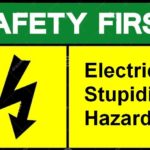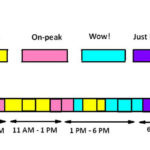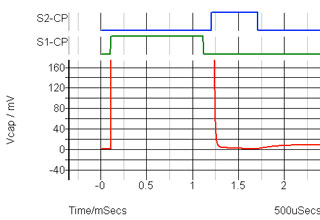Leland Teschler • Executive editor Officials estimate it will cost $50 billion to field the chargers needed for the expected number of electric vehicles on U.S. roads by 2030. But it’s possible that spending every penny of this amount won’t prevent the extinction of the cross-country road trip. Here’s the logic behind that statement: It’s […]
Commentary
Battery breakthrough fatigue
Leland Teschler • Executive Editor For some cheap thrills, try Googling the words “battery breakthrough.” You’ll be presented with page after page of articles breathlessly chronicling one research result after another in energy storage. But you might wonder why, with so many earth-shattering developments, electric vehicles can’t travel 1,000 miles before needing a recharge. The […]
How to electrocute yourself in a few easy steps
Here’s a fun project: Pop open an old microwave oven and scavenge the high-voltage transformer powering the cavity magnetron vacuum tube. Then use it to make yourself a Lichtenberg generator. But be sure there’s someone nearby to call an ambulance. Lichtenberg generators are used to create art and abstract objects by burning fractal patterns into […]
Now or later? No time for time-of-use energy savings
Leland Teschler, Executive Editor One of the big justifications for smart home electronics and internet-of-things pipe dreams is a concept called time-of-use electricity billing. Long used for industrial concerns, the plan is to bring TOU billing to households, so they’ll be charged more for electricity they use during periods of peak use, less for juice […]
Keeping Cool
Preventing electronic circuits from getting too hot is not just about cooling but also trying to minimize the excess heat being generated in the first place. For a digital circuit that can be a case of reducing the voltage or clock speed, or dynamically altering the clock speed to suit what is required at the […]
Light detection and amplification
A common sensor requirement is to measure light. This may be for adjusting the brightness of a display or for instrumentation where accuracy is of importance and light levels could be very low. The light could be relatively constant or slowly changing, or it could be modulated at high speed. There are a number of […]
Ultra low power switching regulators
For micropower applications there are some interesting new devices around for helping power the circuitry. I am not thinking here about energy harvesting applications but low power battery operated devices where you don’t want the battery to go flat quickly when in standby but still need some regulated power to wake up a microcontroller, for […]
Choosing Ceramic Capacitors
It may seem a bit mundane but choosing ceramic capacitors can cause some problems and confusion. Ceramic capacitors have taken over from aluminum electrolytic capacitors and tantalum electrolytics in a lot of cases and even film capacitors but there are pitfalls. For example, the very low ESR (equivalent series resistance) of ceramic capacitors can cause […]
Understanding op amp input stages
Choosing an op amp and getting the best out of it involves some understanding of what is inside the chip, particularly the input stage. Simple bipolar input stage A conventional bipolar opamp will usually have a long-tailed-pair with two NPN or PNP input transistors as shown below. This explains the limited working range of a […]
Driving High Power LEDs
High power LEDs, particularly “white” ones are becoming increasingly used in commercial products from cars and domestic lighting to street lighting and with efficiencies which can exceed that of compact fluorescent lamps (CFL). That efficiency is likely to improve as the technology develops but you must also pay attention to your drive circuitry, not simply […]











